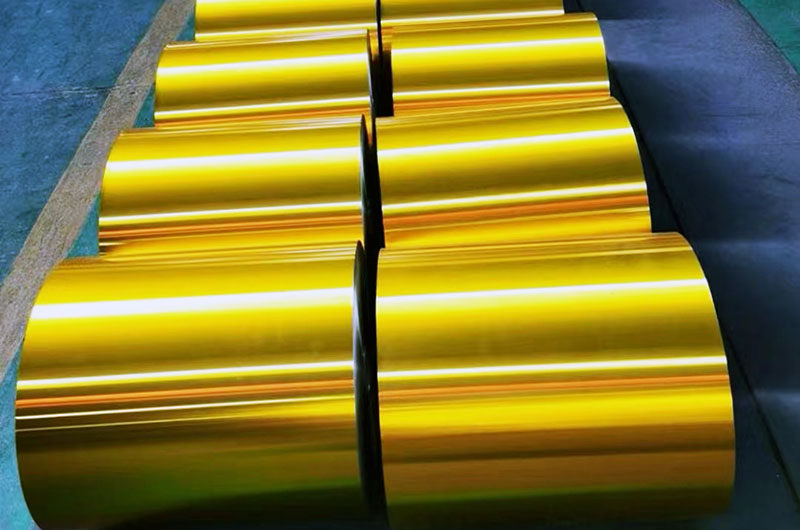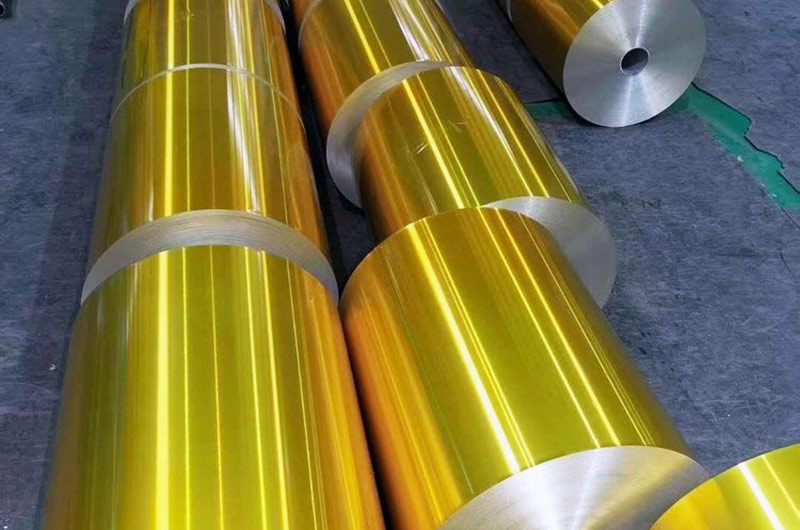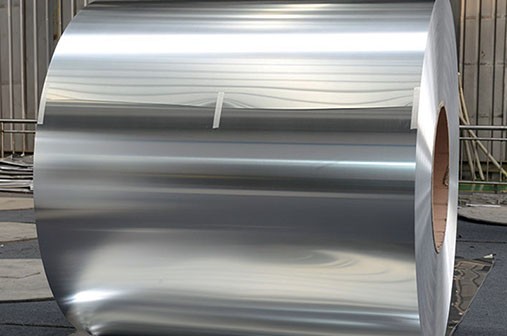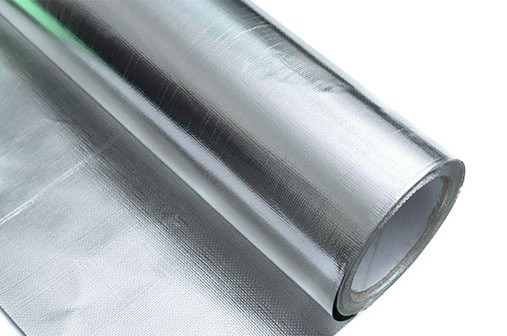- NO1. What is Gold Foil and Aluminum Foil?
- NO2. Is Gold Foil and Aluminum Foil Real Gold?
- NO3. What are the Common Uses of Gold Foil and Aluminum Foil?
- NO4. Is Gold Aluminum Foil Safe to Contact with Food?
- NO5. Can Gold Foil and Aluminum Foil be Recycled?
- NO6. What are the Different Specifications of Gold Aluminum Foil?
- NO7. How is Gold Foil and Aluminum Foil Made?
- NO8. Can Gold Foil and Aluminum Foil Withstand High Temperature?
- MO9. Will Gold Foil Lose its Luster or Fade over time?
Gold Aluminum Foil is a versatile material that can be applied in various industries and everyday life. Here are some frequently asked questions about gold foil and aluminum foil:
NO1. What is Gold Foil and Aluminum Foil?
Gold foil is a thin sheet of aluminum metal coated with a gold or golden finish. It is commonly used for decorative purposes, packaging, insulation and various other applications.
NO2. Is Gold Foil and Aluminum Foil Real Gold?
No, gold foil is not made of real gold. It is usually made of aluminum metal with a gold coating or finish. This gives it a golden look, but at a much lower cost.

NO3. What are the Common Uses of Gold Foil and Aluminum Foil?
Gold foil has many uses including gift wrapping, crafting, decorating, wrapping chocolates and candies, insulating, and even some culinary uses for decorating cakes and desserts.
Gold foil is a special type of foil that has a shiny gold finish. It is usually used for decorative and aesthetic purposes rather than its functional properties. Gold aluminum foil is commonly used for the following purposes:
- Gift Wrapping: Gold foil is often used to wrap gifts, especially on festive occasions like Christmas and weddings. Its shiny metallic exterior adds a touch of elegance to the gift.
- Arts and Crafts: Crafters and artists use gold foil in a variety of projects, including card making, scrapbooking, and making decorations. It can easily be cut and shaped for artistic purposes.
- DECORATIONS: Gold foil can be used to create party decorations such as banners, streamers, and balloon decorations. It can also be twisted into various shapes or used as a photo booth backdrop.
- Food presentation: In the culinary world, chefs sometimes use gold foil as a decorative element when serving certain dishes. It is generally considered safe for food contact.
- DIY Projects: Home DIYers may use gold foil in a variety of projects, such as creating trim for furniture, mirrors, or other home decor items.
It's worth noting that gold foil is often not the same as real gold foil. Real gold leaf or gold leaf is made from very thin sheets of real gold and is used for high-end applications such as gold plating on artwork and decorative items. Gold foil, on the other hand, is made of aluminum with a gold coating and is much less expensive than real gold foil.
NO4. Is Gold Aluminum Foil Safe to Contact with Food?
Gold foil specially marked as food grade is safe for food contact. It is important to ensure that the aluminum foil you use for food applications is approved for such use and does not contain any harmful substances.

NO5. Can Gold Foil and Aluminum Foil be Recycled?
Yes, gold foil can often be recycled with other aluminum products. However, the recycling process can vary depending on your local recycling facility, so it's best to check with your local recycling center for specific guidelines.
NO6. What are the Different Specifications of Gold Aluminum Foil?
Gold foil comes in a variety of thicknesses, from ultra-thin foil (often used for crafts) to thicker foil for insulation and packaging. The thickness you need depends on your specific application.
- Thickness: Gold foil comes in a variety of thicknesses, usually measured in microns (micrometers) or mils (thousandths of an inch). Common thicknesses range from 12 to 30 microns (0.5 to 1.2 mils). Thicker foils are generally more durable and easier to use in arts and crafts projects.
- Width and Length: Rolls of gold foil vary widely in width and length. Common roll widths are 12 inches (30 cm) and 18 inches (45 cm), while roll lengths can range from a few feet to a few yards or meters.
- Color and Finish: Gold foil should have a shiny metallic gold color on one side. The other side may be silver or have a matte finish. The gold color is achieved by coating or treating the aluminum surface.
- Material: Gold foil is usually made of aluminum sheet coated with a layer of gold material. The core material is aluminum, which is lightweight and malleable.
- Embossing: Some gold foils may have an embossed pattern or texture on the gold side for added decorative effect.
- Packaging: Gold foil is usually sold in rolls or sheets, and may come in dispensing boxes or on a cardboard core for easy handling and storage.
- Heat Resistance: Gold foil is generally heat resistant, making it suitable for baking and food display. However, specific heat resistance may vary, so it is necessary to check the product's specifications for any temperature limitations.
- Adhesive Backing: Some gold foil products may have an adhesive backing to make it easier to stick to a surface or object.
- Tear Resistance: The foil should have reasonable tear resistance to prevent easy tearing or tearing during use.

NO7. How is Gold Foil and Aluminum Foil Made?
Gold foil is usually produced by applying a gold finish or coating to a roll of aluminum metal. The process may involve a variety of techniques such as vacuum deposition, rolling and coating.
NO8. Can Gold Foil and Aluminum Foil Withstand High Temperature?
The heat resistance of gold foil may vary by specific product. Certain types of gold foil are designed for high-temperature applications, while others are better suited for decorative or low-temperature uses. Be sure to check the product specification for heat resistance.
MO9. Will Gold Foil Lose its Luster or Fade over time?
The durability of gold foil may vary depending on the quality of the foil and its exposure to environmental elements. While some lower quality foils may tarnish or fade over time, higher quality foils are more resistant to these effects.





